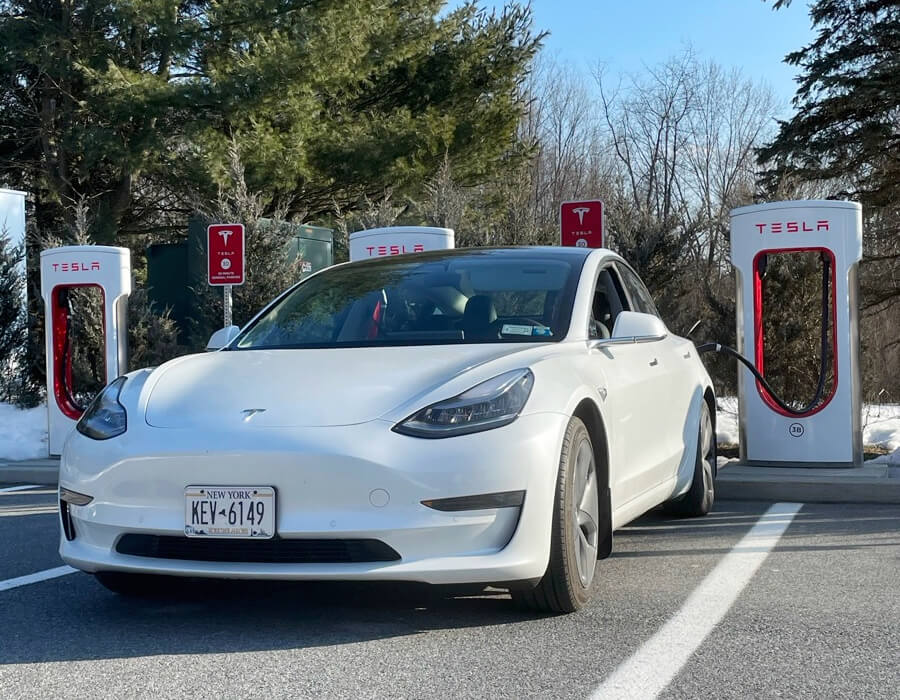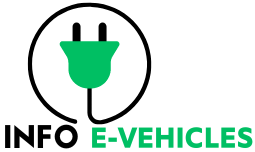In the realm of electric vehicles, Tesla Model 3 stands as a paragon of innovation, boasting one of the most advanced Battery systems worldwide. To ensure the longevity and performance of this high-voltage powerhouse, there are some crucial practices every Tesla Model 3 owner should adopt.


Tesla Model 3 Battery Preservation Through Connection
The cardinal rule for safeguarding the Tesla Model 3‘s high-voltage Battery is simple: keep it plugged in when not in use. This becomes particularly crucial if you anticipate leaving your Tesla Model 3 unused for an extended period. While dormant and unplugged, the vehicle intermittently draws on the Battery’s reserves for system tests and recharging the low-voltage battery, as necessary.
Contrary to popular belief, waiting until the Battery’s charge level is low before charging offers no advantage. In fact, the Battery operates optimally when charged regularly.
Avoiding the Abyss: Never Fully Discharge
Allowing the Battery to deplete to 0% carries potential repercussions, including potential damage to other components, such as the low-voltage battery. In such cases, the onus falls on the owner for repair or transportation expenses, as discharge-related costs are not covered by warranty or Roadside Assistance policies.
Tesla Model 3 Charging Dynamics
It’s worth noting that after numerous DC Fast Charging sessions, the peak charging rate may experience a marginal decline. This phenomenon is especially observable after utilizing Superchargers. Additionally, factors like low Battery temperature, near-full charge status, and evolving Battery conditions due to usage and aging can lead to a reduction in charge rate. These adjustments are guided by the intricacies of battery physics and might extend Supercharging durations slightly over time.
Tesla Model 3 Battery Care
Even when the Tesla Model 3 is at rest, the Battery undergoes a slow discharge to power the onboard electronics, with an approximate rate of 1% per day. This rate can vary based on environmental conditions, vehicle settings, and configuration. For extended periods of unplug, especially in situations like airport parking during travel, it’s advisable to bear this 1% discharge rate in mind to ensure an adequate charge level.
Fully discharging the Battery to 0% could lead to damage to critical vehicle components. To counteract this, the Model 3 employs a low-power mode when the displayed charge level nears 0%, ceasing support for onboard electronics and the auxiliary low-voltage battery. In this state, it’s imperative to promptly plug in the Model 3 to avert the need for a jump start and low-voltage battery replacement.
Tesla Model 3 Battery Temperature Matters
For prolonged performance, refrain from subjecting the Model 3 to ambient temperatures exceeding 60°C or falling below -30°C for more than 24 hours at a stretch.
Tesla Model 3 Energy-Saving Features
Model 3 features an energy-saving function that curtails display energy consumption when the vehicle is idle. On newer models, this feature is automated for optimized energy conservation. On older variants, owners retain control over display energy consumption via the touchscreen settings.
ALSO READ :-
Used Tesla Model 3 is the Hottest Deal of September
Is Tesla’s Autopilot Really Safe? The Truth Revealed!
SOURCE : TESLA
FAQs
Can I leave my Model 3 unplugged for an extended period?
While it’s possible, it’s strongly advised against. The Battery discharges slowly even when not in use. Leaving it unplugged for an extended period may result in a low-voltage battery, potentially necessitating a jump start or replacement.
Can I use my Model 3’s Battery as a power source for other devices?
No, using the Battery as a stationary power source voids the warranty and is strongly discouraged.
What should I do if my Model 3 has been exposed to flooding or extreme weather?
Treat it as if it’s been in an accident. Do not attempt to operate the vehicle. Contact Tesla for inspection and support, and notify your insurance company.
